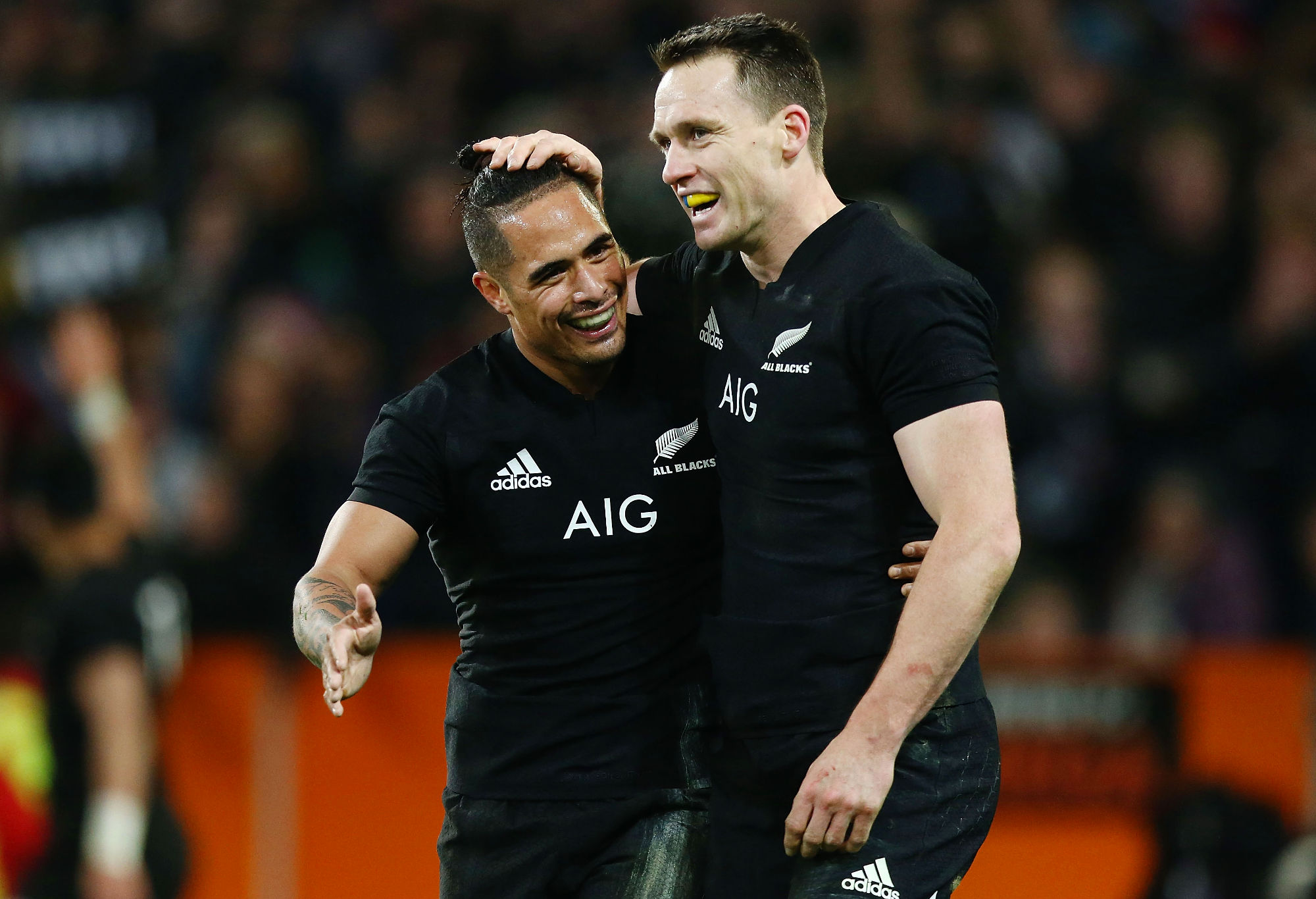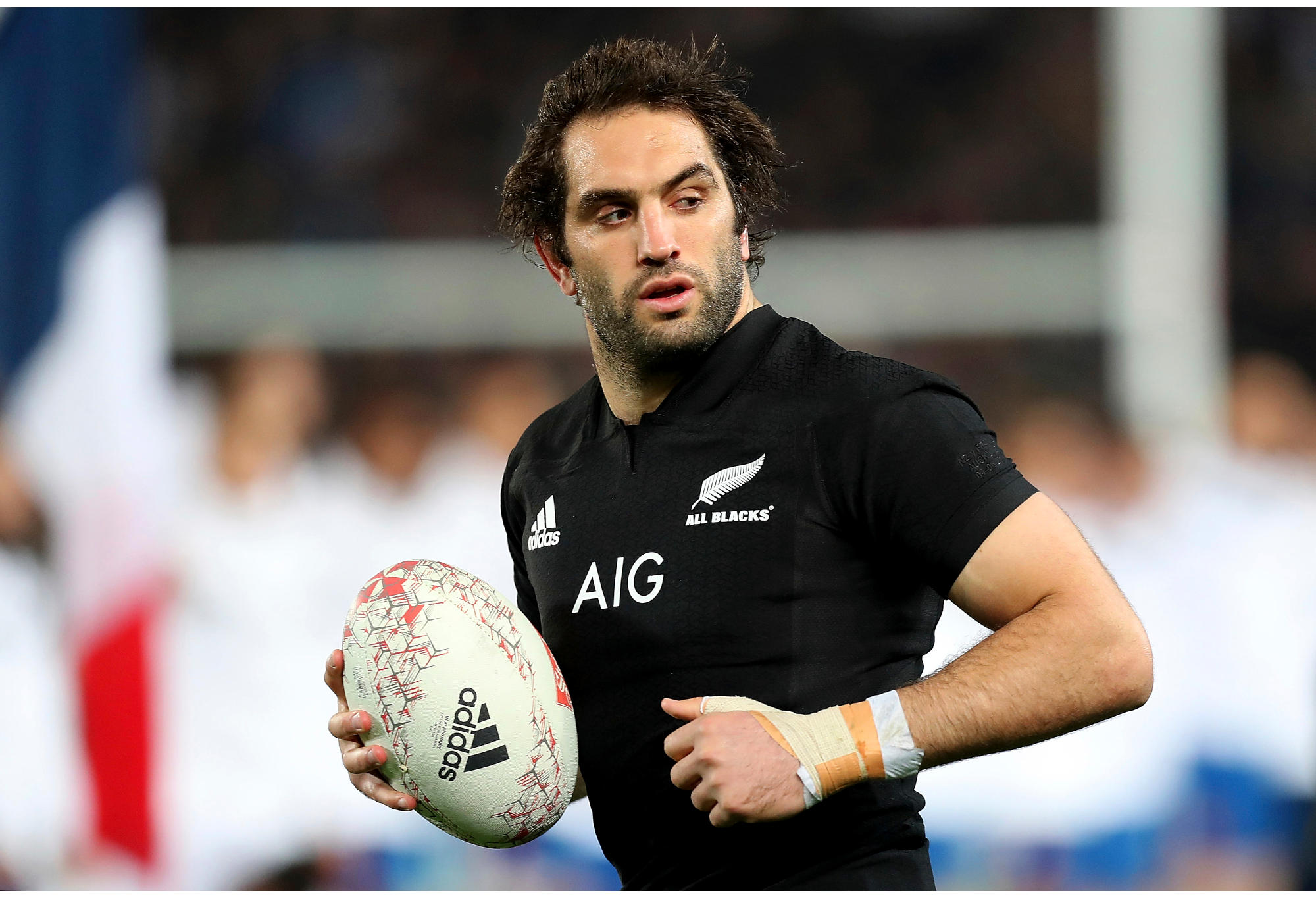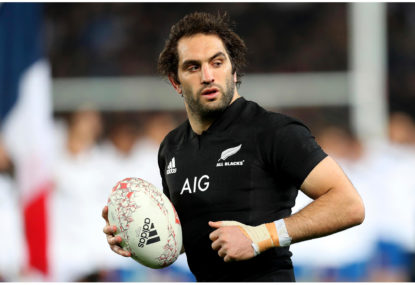Messy, stuttering, on the ropes, average, slip-ups, just surviving, shaken to the core and a number ten that cannot control a game and needs to be replaced by his talented understudy.
These are not excerpts from a Stephen Jones’s Christmas card to New Zealand Rugby Union, nor are they outtakes from the general media after the All Blacks’ three losses over the last two seasons.
Rather, they are observations of the All Blacks’ form at the end of the group stage of the 2015 Rugby World Cup, all in the week before New Zealand set a record for a match in the finals stage as they stuck 60-odd on a French side devoid of any response before going on to retain the trophy two weeks later.
What our learned print media failed to observe during those group stages was that coach Steve Hansen, who has developed a history of implementing game plans to stress his own side, was deliberately making them play in uncomfortable positions while doing an extremely canny job of keeping his own tactical weapons well hidden until required. It is a strategy of some risk, especially when his home public demands not only constant wins but also wins with performance.
What, then, are we likely to see from the All Blacks in 2018, with only a little over a year and 14 tests until the Rugby World Cup in Japan looms large – more smoke and mirrors or the basis for an attack on the Cup?
First we should probably look at the very different approaches Hansen took to games during 2017.

(Anthony Au-Yeung/Getty Images)
Kicking
While the All Blacks pass the ball more than other sides, they combine this with the high kick numbers
Against the British and Irish Lions they averaged 26 kicks per game, but in Bledisloe matches one and two the All Blacks kicked only a paltry 14 and nine times respectively. Not only were they kicking less, but they were deliberately not kicking the ball out. In the first three games of the Rugby Championship, Australia and Argentina threw to their own lineout a total of 16 times.
Given the quality of the All Blacks defensive lineout one can only presume the coach was looking to not only keep the ball in play as much as possible but to also continually test his own side for long periods without the ball.
The lowest tackle percentage clocked up by New Zealand during 2017 against all comers was 84 per cent, a positive outcome, while they forced sides opposition tackle percentages below 80 on no less than six occasions.

(AP Photo/David Rowland)
Lineouts
A list of Sam Whitelock, Brodie Retallick, Kieran Read, Liam Squire and Sam Cane is enough to provide any opposition caller and his hooker partner more than a few palpitations.
But, interesting, the only lineout Hansen went after last year was the British and Irish Lions set piece, forcing a ratio below 80 per cent and ensuring the Lions test side could not generate penalties, points or field position off what should have been a tourist strength.
Almost inexplicably, while New Zealand had no issues retaining their own ball, they did not thereafter actively contest the opposition throw, not during the Rugby Championship, not during the end-of-year tour.
The success rate of opposition during the Rugby Championship was an impressive 86 per cent, including one of 64 per cent from South Africa when Malcolm Marx had the kind of accuracy outing that would have him dropped from most pub dart teams. On the end-of-year test the home sides racked up a startling 94 per cent success rate. An outcome by chance? I think not.
A change was seen in the match against France in June 2018. The All Blacks, without Retallick and Read, clearly went out to disrupt the French supply– the first Test yielded only a 58 per cent success rate for the visitors, and all three tests averaged 70 per cent.
This raises the question: which lineout strategy will the All Blacks will bring this weekend and for the year?
[latest_videos_strip category=”rugby” name=”Rugby”]
Squad rotation
Fifty-four players got to don the black jersey during 2017 – 54! Hopefully the coaching team has the greater majority of its experimentation for the run-up to Rugby World Cup 2019 completed.
Outside of having to find test minutes for Richie Mounga and T3, we should see more settled combinations stepping out for the All Blacks over the course of this year.
The 2017 year saw three divergent approaches from the All Black camp: conservative but controlled for the Lions series, ball-in-play for the Rugby Championship and playing without possession or territory on the end-of-year test. Now, however, is the time for considered consolidation.
Expect the All Black coaching team to keep a few secrets during 2018, but hopefully we will see a more consistent and structured game plan bedded in than those employed across the course of last season.































































































